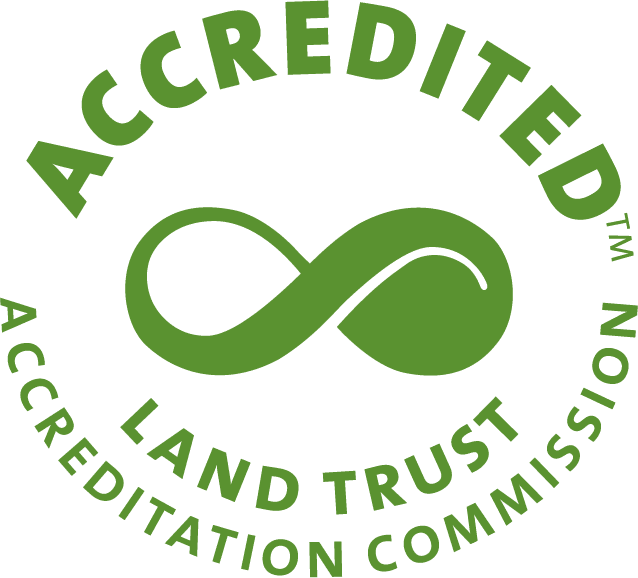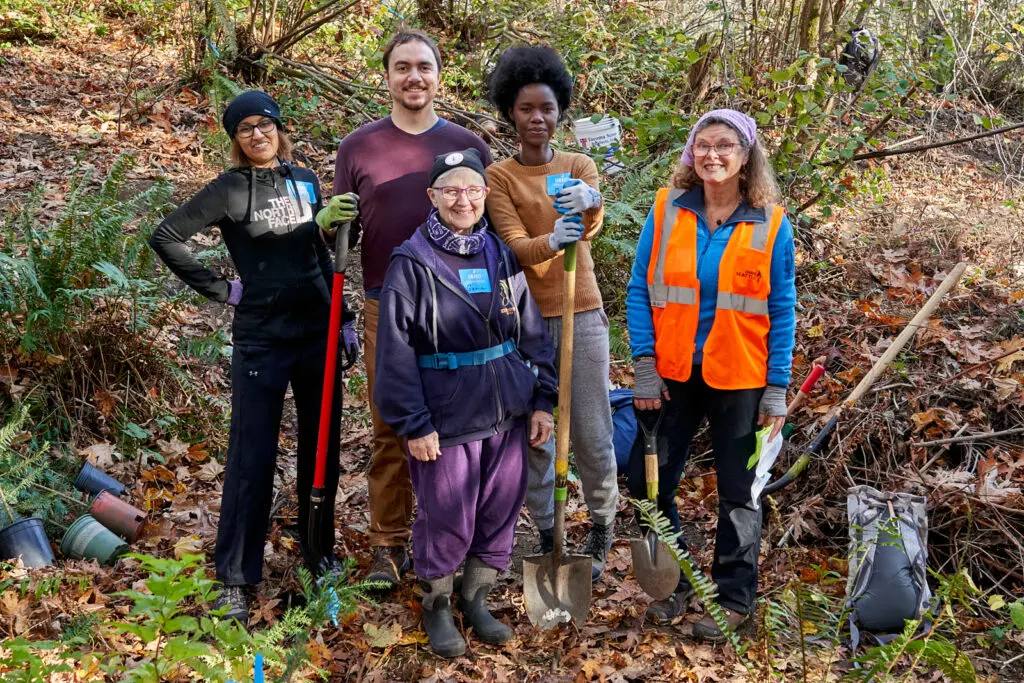Reported by NW REporter
“Forest to Home,” an initiative of Forterra, got underway last month when construction started on the
first homes being built with an engineered wood product known as cross-laminated timber (CLT). The
milestone is part of Forterra’s goal to create “local, affordable housing built by local labor with resources from local forestlands.”
In 2020, Forterra’s idea for the CLT modular housing prototype, “ModPro,” earned a $2 million grant by
winning Enterprise Community Partners and Wells Fargo’s Housing Affordability Breakthrough
Challenge.
Forterra currently has Forest to Home projects in progress in Tacoma (in Pierce County), Tukwila (in King County) and Hamilton (in Skagit County). When completed in the next few years they will add 500 affordable units built with responsibly harvested local timber.
The modules being built at an industrial building at the Port of Everett are being assembled by a four-man team from Switzerland. When completed the prototypes will be toured around the region on a flatbed truck to show off the possibilities.
Eventually, construction of the CLT panels will move to the Darrington Wood Innovation Center (DWIC),
a mass-timber production facility that is under construction at a 94-acre site. The project, estimated to cost around $73 million in total, is being developed and managed by Forterra in collaboration with Darrington and Snohomish County. An early 2023 completion date is anticipated.
In addition to the CLT plant, DWIC will encompass a small European-grade remanufacturing sawmill and
kiln facility, and a modular fabrication facility.
Along with bringing approximately 150 family-wage jobs to Darrington, a small town in Skagit County
that has been involved in the timber and wood industry for nearly a century, the center will produce enough cross-laminated timber to build a thousand affordable housing units per year. It will also serve as a hub for innovative wood product manufacturing.
The multi-million dollar facility is being funded by a variety of sources, including the Additional Supplemental Appropriations for Disaster Relief Act of 2019. Earlier this year, the U.S. Department of Commerce’s Economic Development Administration awarded a $6 million grant to Darrington to acquire
land and provide infrastructure to establish the Darrington Wood Innovation Center. Also this year, the
Washington State Department of Natural Resources transferred 3.74 acres of land to Darrington for the
center.
Forterra created a social impact fund, “Strong Communities Fund II” as a federally designated Opportunity Zone Fund, which includes investments in DWIC. SCF II, which also encompasses The Hilltop project in Tacoma, aims to reconnect rural high-wage jobs and forest conservation to urban attainable housing and civic equity. A joint venture of a German company, Forterra, and third-party investors will manufacture the modules’ panels.
About CLT
Cross-laminated timber is the structural basis for the Forest to Home concept. The eco-friendly sustainable material consists of layered lumber boards stacked crosswise at 90-degree angles and glued into place. Board thickness typically varies between 5/8 to 2 inches with widths ranging from 2.4 to 9.5 inches. Finished panels are typically two to 10 feet wide, with lengths up to 60 feet and thickness up to 20 inches. The panels can be manufactured at custom dimensions as transportation restrictions allow.
CLT (sometimes called XLam) is widely adopted in Europe and gaining popularity in the U.S. Its alternating grains contribute to CLT’s strength, dimensional stability, and rigidity, allowing its use in a variety of commercial and residential applications, including mid- and high-rise buildings, prefabricated floor slabs, single-level walls, and taller heights.
Architects tout CLT’s aesthetic qualities since the wood surface can be showcased without needing
paint. Additionally, it can be used in hybrid applications with other materials and as a prefabricated
building component. Another advantage are smaller, quieter work sites.
Panels cost about the same as steel and concrete but are lighter and quicker to assemble on site. Tests
show its fire resistance is comparable to steel and concrete. Advocates note a seven-story CLT building
in Kobe, Japan withstood a 1995 earthquake with no sign of damage. Energy efficiency is another value added property of CLT.
Tobias Levey, Forterra’s vice president of transactions, said CLT creates a more “biophilic” living environment. (Biophilia, which literally translates to “love of life,” was coined by a Harvard naturalist to “describe the innate tendency of humans to be drawn to nature and natural products like wood.) In an interview with a reporter from Puget Sound Business Journal, Levey referenced studies in Scandinavia that show living around wood had various health benefits than living the “drywall coated steel” does have.
With regard to cost, Levey said affordable housing developers are paying contractors from $400,000 to $800,000 a unit, whereas two-bedroom ModPro units can be built for $120,000, excluding the costs of land, entitlements and other soft costs, which could bring the total to around $300,000.
Forterra lists several entities as being part of the “CLT Coalition.” They include academic researchers, architects, builders, elected officials, environmentalists, governmental agencies, and timber companies.
A CLT study for the Pacific Northwest predicts demand of 6-to-12 million cubic feet annual for a 4+ story construction types by 2035.
The global cross laminated timber market is expected to grow from $724 million in 2020 to $1442.62 million by 2028, according to a report by Fior Markets, a futuristic market intelligence company.
ABOUT FORTERRA
Forterra is an unconventional land trust that works across Washington’s communities and landscapes, from the ranches and shrub-steppe of the Yakima basin, to the estuaries, farms and forests of Washington’s coast, reaching more than 100 counties, cities, towns and rural communities. Working cooperatively with people and nature, Forterra drives land stewardship, management and planning, innovative programs and policies, farming and forestry approaches, community ownership opportunities, and development solutions. Visit www.forterra.org.



